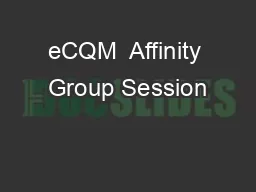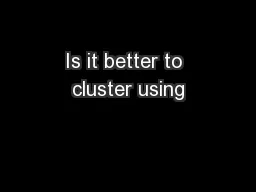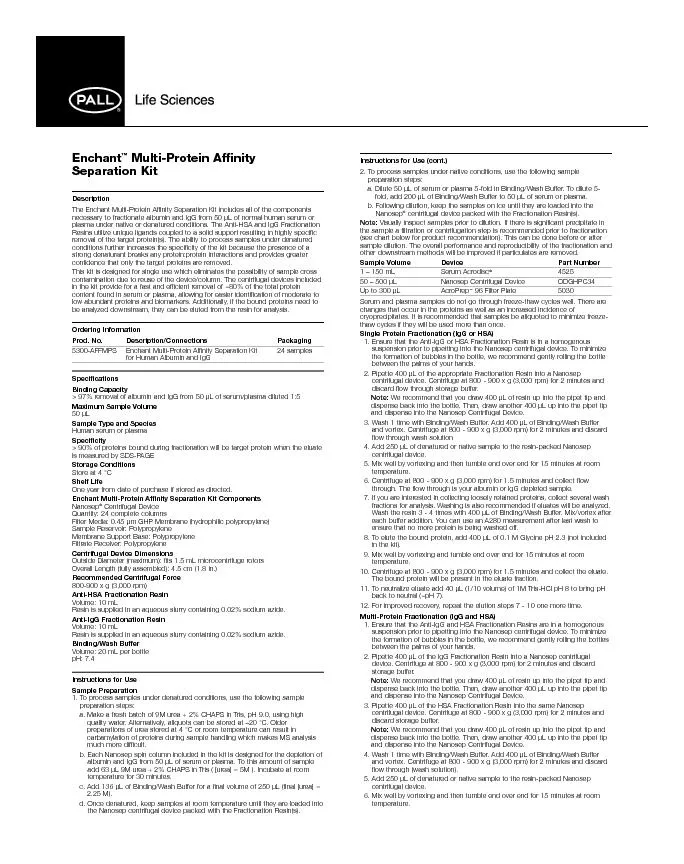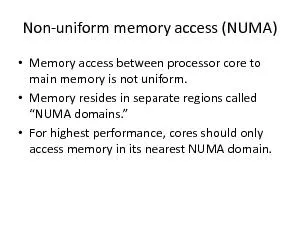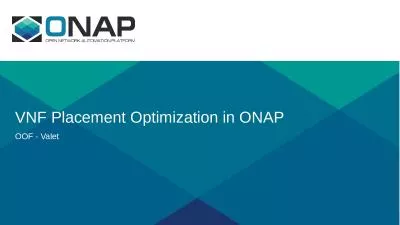PPT-eCQM Affinity Group Session #2
Author : alexa-scheidler | Published Date : 2018-11-21
Technical Discussion State eCQM Models Data Types and Formats Data Intermediary Services and Data Quality supporting priority uses of eCQM information Agenda
Presentation Embed Code
Download Presentation
Download Presentation The PPT/PDF document "eCQM Affinity Group Session #2" is the property of its rightful owner. Permission is granted to download and print the materials on this website for personal, non-commercial use only, and to display it on your personal computer provided you do not modify the materials and that you retain all copyright notices contained in the materials. By downloading content from our website, you accept the terms of this agreement.
eCQM Affinity Group Session #2: Transcript
Download Rules Of Document
"eCQM Affinity Group Session #2"The content belongs to its owner. You may download and print it for personal use, without modification, and keep all copyright notices. By downloading, you agree to these terms.
Related Documents

